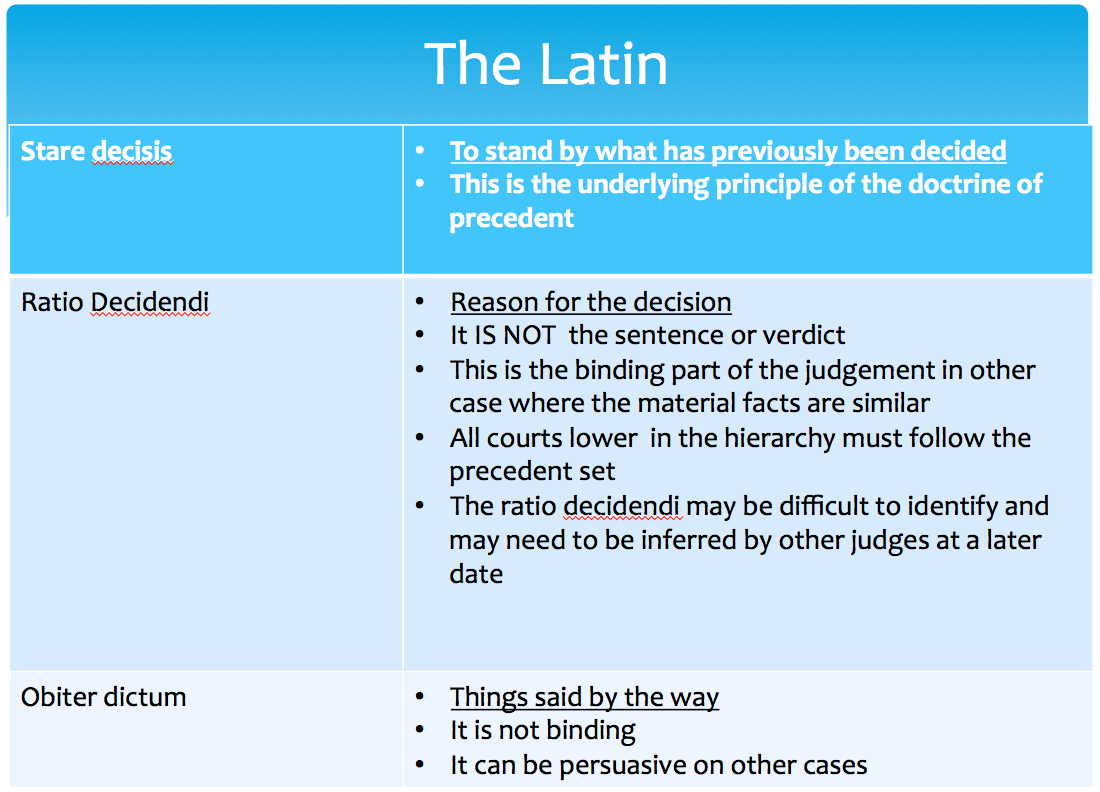The doctrine of stare decisis, also known as judicial precedent or simply precedent, is a fundamental principle in the common law legal system, which holds that judges should follow the decisions of earlier courts in similar cases. This doctrine is based on the idea that the law should be consistent and predictable, and that similar cases should be decided in a similar manner.
The principle of stare decisis is rooted in the concept of judicial independence, which is the idea that judges should be able to make decisions based on their own analysis of the law and the facts of a case, rather than being influenced by external pressures or considerations. By following the decisions of earlier courts, judges can ensure that the law is applied consistently, and that there is predictability and stability in the legal system.
The doctrine of stare decisis is an important part of the common law system, as it allows for the development and evolution of the law over time. When a court makes a decision, it creates a precedent that must be followed by lower courts in future cases. This means that as new cases are brought before the courts, the law is refined and updated to reflect the changing needs and circumstances of society.
There are limits to the doctrine of stare decisis, however. If a court believes that an earlier decision was wrongly decided or is no longer relevant to the current case, it may choose to depart from precedent and make a new decision. This is known as overruling a precedent.
In addition, the principle of stare decisis is not absolute, and judges may choose to follow or depart from precedent depending on the specific circumstances of a case. For example, a court may choose to follow precedent in a case where the legal issues at stake are similar to those in an earlier case, but may choose to depart from precedent if the case involves new or innovative legal issues.
In conclusion, the doctrine of stare decisis is a vital principle in the common law legal system, as it helps to ensure consistency, predictability, and stability in the law. While there are limits to this doctrine, it plays a crucial role in shaping the law over time and helping to ensure that it reflects the needs and values of society.







